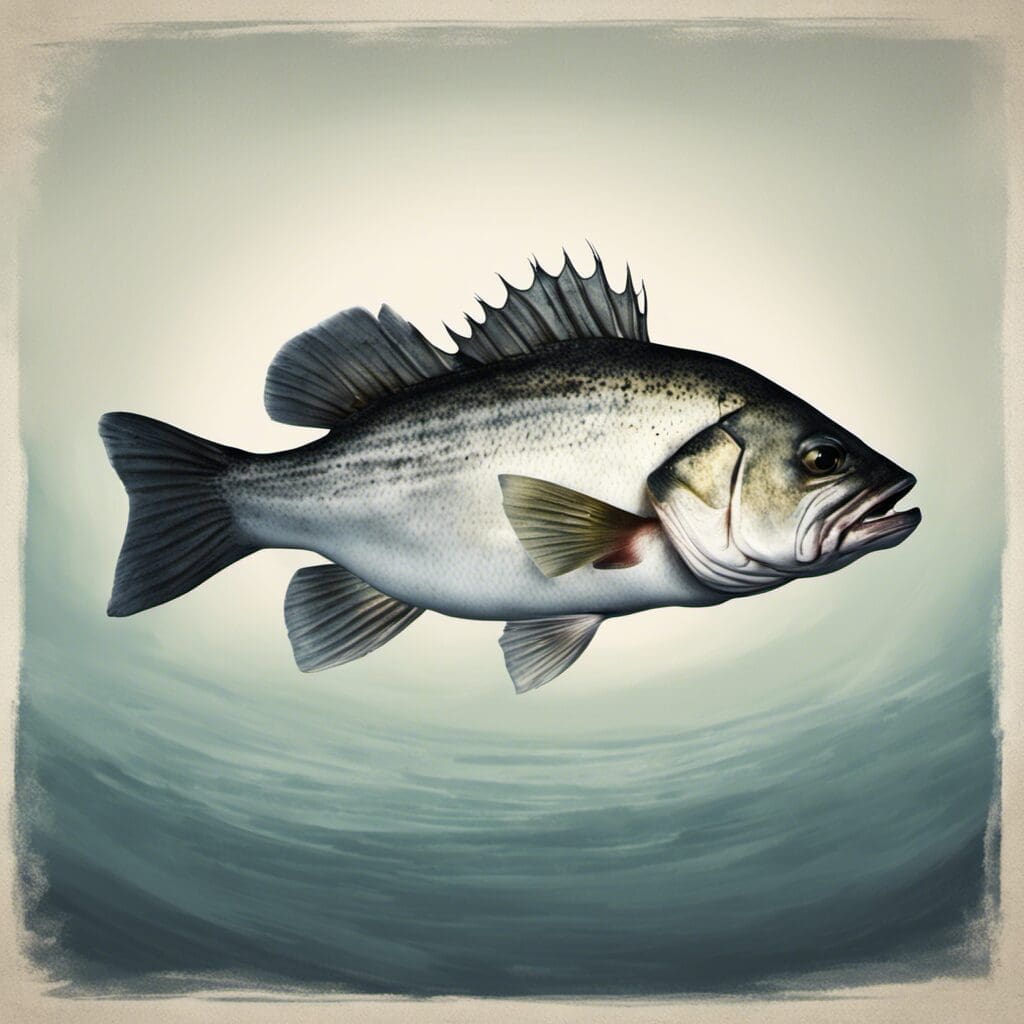Introduction
The giant sea bass, known scientifically as Stereolepis gigas, forms part of the Polyprionidae family. Known for their majestic yet intimidating size, these unique sea creatures leave an unforgettable impression within the marine habitat.
Conservation Status
The giant sea bass currently holds a critically endangered status. Conservation efforts include limitations on fishing, habitat preservation, and breeding programs to ensure the sustainability of the species.
Statistics
| Measure | Average | Range |
|---|---|---|
| Length | 1.5 meters | 1-2.5 meters |
| Weight | 255 kilograms | 50-363 kilograms |
| Average Lifespan | 75 years | N/A |
Distribution
The giant sea bass is native to the eastern Pacific Ocean, spotted in regions from Humboldt Bay through part of Mexico, and southward to Chile. These fish show a strong site fidelity, remaining in a small home range throughout the year without the demonstration of a large-scale migration pattern.
Habitats
Favoring the saltwater realm, the giant sea bass inhabits rocky reefs and kelp beds. The creatures dwell in depth ranging from the surface down to around 50 meters and tolerate temperatures from 10 to 24 °C.
When and Where to See
The best visibility for these sea giants happens during the warmer months of the year. Thought to be nocturnal, giant sea bass are often spotted during late afternoon and nighttime dives.
Best Fishing Locations
Prime locations to catch giant sea bass include California’s Channel Islands, Big Sur, and Point Loma. In terms of general tips, seek for the species in rocky coastal habitats, kelp forests, and around oil platforms and wrecks.
How to Catch
Successful bait for catching giant sea bass consists of live mackerel. Bottom fishing techniques are frequently used to catch these species, often during late afternoon and evening.
Identification Guide
Giant sea bass are distinguished by their large size and characteristic spotty coloration. Similar species include the black sea bass, Bermuda chub, and Atlantic spadefish but none reach the substantial size of the giant sea bass.
Culinary
Giant sea bass offers a dense, moist, and mildly sweet flavor. Due to its endangered status, consumption and harvesting are firmly discouraged. Dishes with similar taste can be created using other species of bass.
Additional Information
Giant sea bass feed on small to midsized fish and invertebrates. Predators include great white sharks and humans. These fascinating creatures hold cultural and historical significance in some Native American tribes, symbolizing strength and determination.
References and Further Reading
For further insights into these fascinating creatures, scientific publications can bring a wealth of knowledge. Online resources such as those provided by the Smithsonian, California Department of Fish and Wildlife, and Scripps Institution of Oceanography offer further detail on the ecology and conservation of the giant sea bass.

